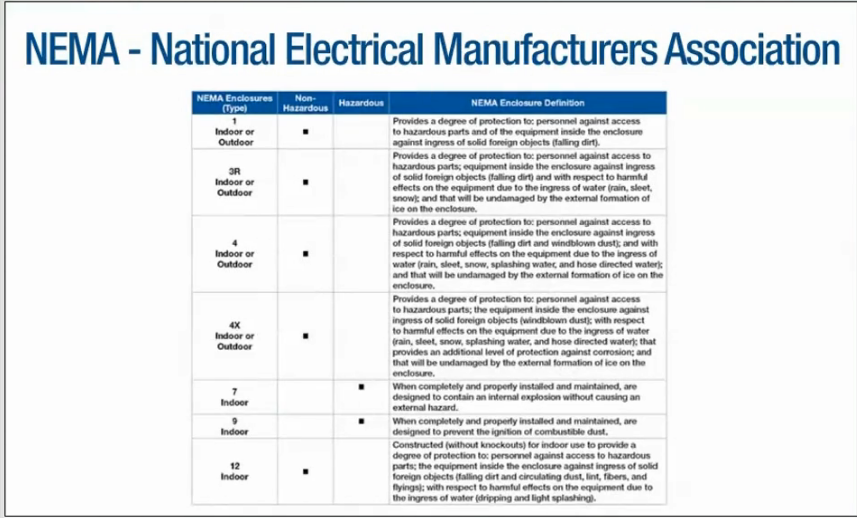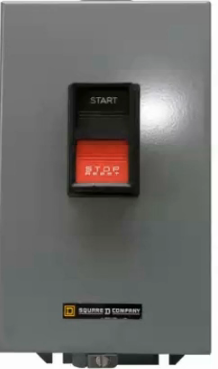Most fans have common accessories that can be added to the basic model if the job requires. As we move through this section, one thing to keep in mind is that accessories add costs to the job. Selecting accessories that are specified is important. While other accessories may be available, selecting non-specified accessories may add unnecessary costs.
Let’s begin by looking at electrical control accessories. They are designed for both the safety and ability to control airflow. Electrical control accessories we will discuss are disconnect switches, manual starters, time delay switches and speed controllers.
Disconnect switches are safety controls usually mounted on or in the unit. They turn off power to the unit, thereby preventing injuries. The NEC (National Electrical Code) requires that all switches be housed inside an enclosure. The environment where the switch is located may be subject to foreign objects, water, dust, lint, fibers and flyings, rain, snow, sleet or ice or combustibles. The enclosure standard developed by the National Electrical Manufacturers Association, also known as NEMA, defines the degree of protection from the environment. NEMA enclosure standard has two main classifications: non-hazardous and hazardous. In addition, there are a number of different enclosure types available in the ventilation industry within these classifications. For more information on enclosure types, go to the NEMA website: www.nema.org.

The next electrical control accessory to look at is manual starters. A manual starter is usually a switch mounted remotely with overload protection used to provide control to a motor. An example of a manual starter would be a switch on the wall that controls the main power to the fan. A manual toggle switch is usually used in light duty or small horsepower products. In an application with larger horsepower motors, a push-button switch with a magnetic starter may be used.

PREVIOUS: Emergency smoke exhaust fans